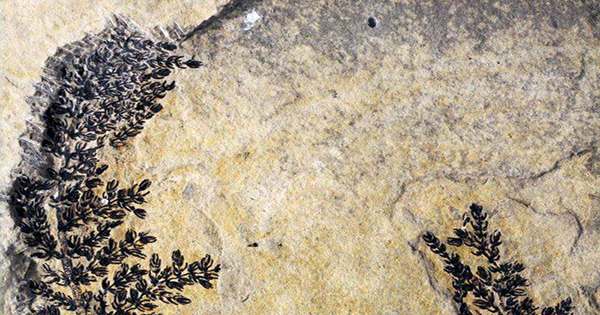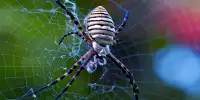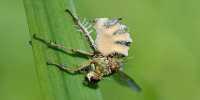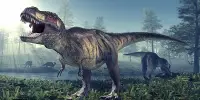Researchers in China have uncovered the oldest known fossil of a flower bud, stretching the evolution of flowers back at least a few dozen million years and revising our perceptions of how brontosauruses spent Valentine’s Day. “Many paleobotanists are astonished by the fossil,” Xin Wang of the Nanjing Institute of Geology and Paleontology told Live Science. “It is quite different from what is mentioned in texts.” “However, I am not surprised.”
Wang is the lead author of a new report on the discovery that was recently published in the Geological Society of London’s magazine. Florigerminis jurassica, as named by the researchers who discovered it, is a type of angiosperm, or flowering plant. In paleobiology, the origins of angiosperms are a source of debate: flowers are usually too delicate to survive for millions of years in the fossil record; hence, evidence of their history is sparse.
They were formerly thought to have existed solely during the Cretaceous period, which lasted between 66 and 145 million years ago, but a few fossils discovered in recent decades have shown an earlier origin. One of the fossils, an ancient Nanjinganthus dendrostyla discovered in 2018 and described in an eLife publication, is even older than F. jurassica. However, some researchers contended that N. dendrostyla was not sophisticated enough to be classified as an angiosperm, while others argued that it was too complex to be classified as a non-flowering plant (or “gymnosperm”).
In contrast, F. jurassica “containing not only a leafy branch but also physically attached fruit and flower bud,” according to Wang. That clears up any ambiguity: if a single plant can have both a flower bud and a ripe fruit, the scientists concluded, it must also have blossoming flowers in the meantime. The researchers hope that their new discovery will prompt a reconsideration of flowering plant origins – and perhaps even the admission of Jurassic “gymnosperm” fossils like N. dendrostyla to the angiosperm club. Many plants that could potentially be angiosperms were previously considered to gymnosperms solely because they were Jurassic, Wang told Live Science.
“With its branch, leaf scars, flower bud, and physically linked fruit, we believe that the discovery of [F. jurassica] may help to lessen the agony of embracing pre-Cretaceous angiosperms,” the authors conclude in their research. “The conventional theory of angiosperm evolution needs to be re-examined.”














